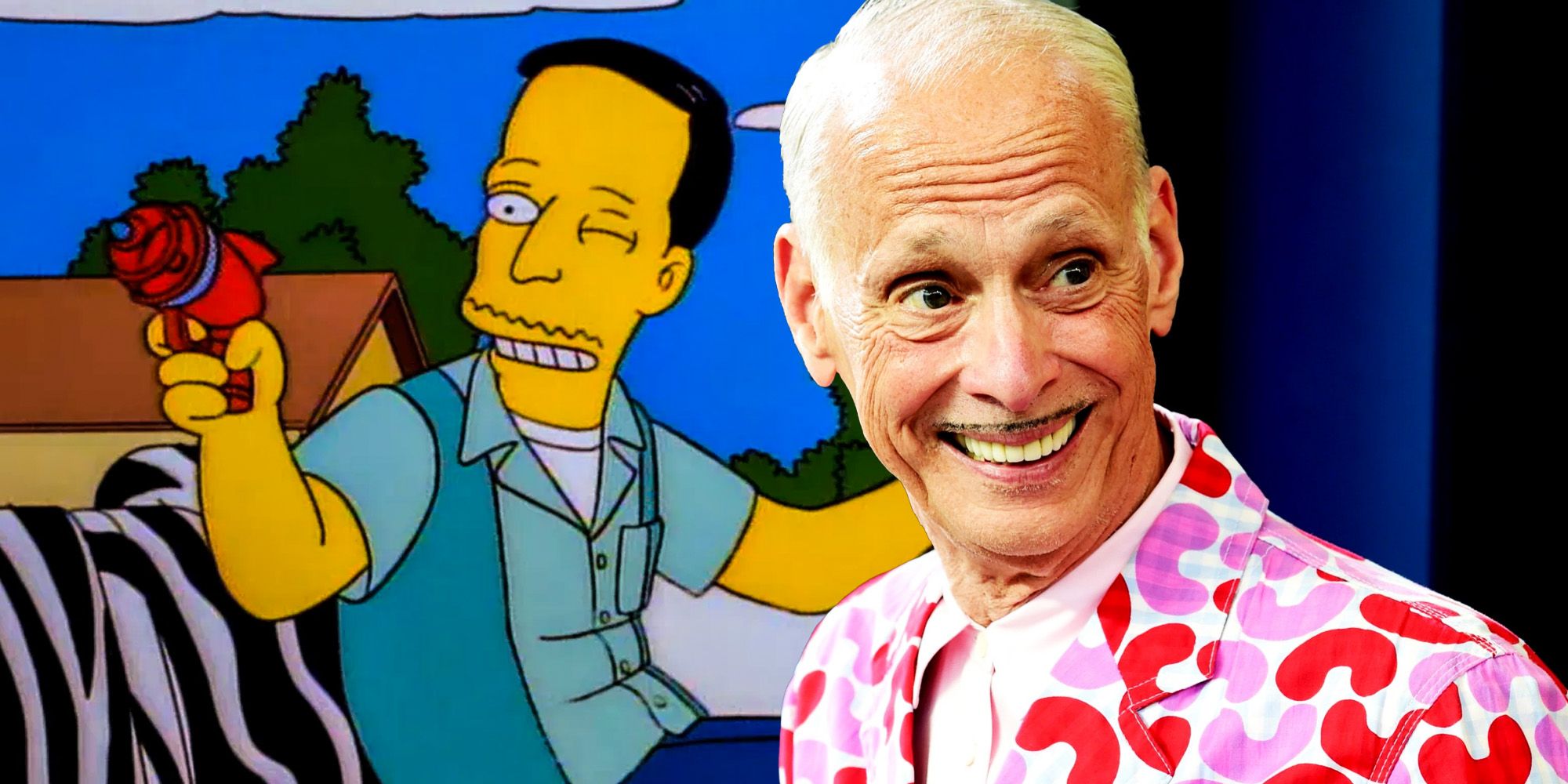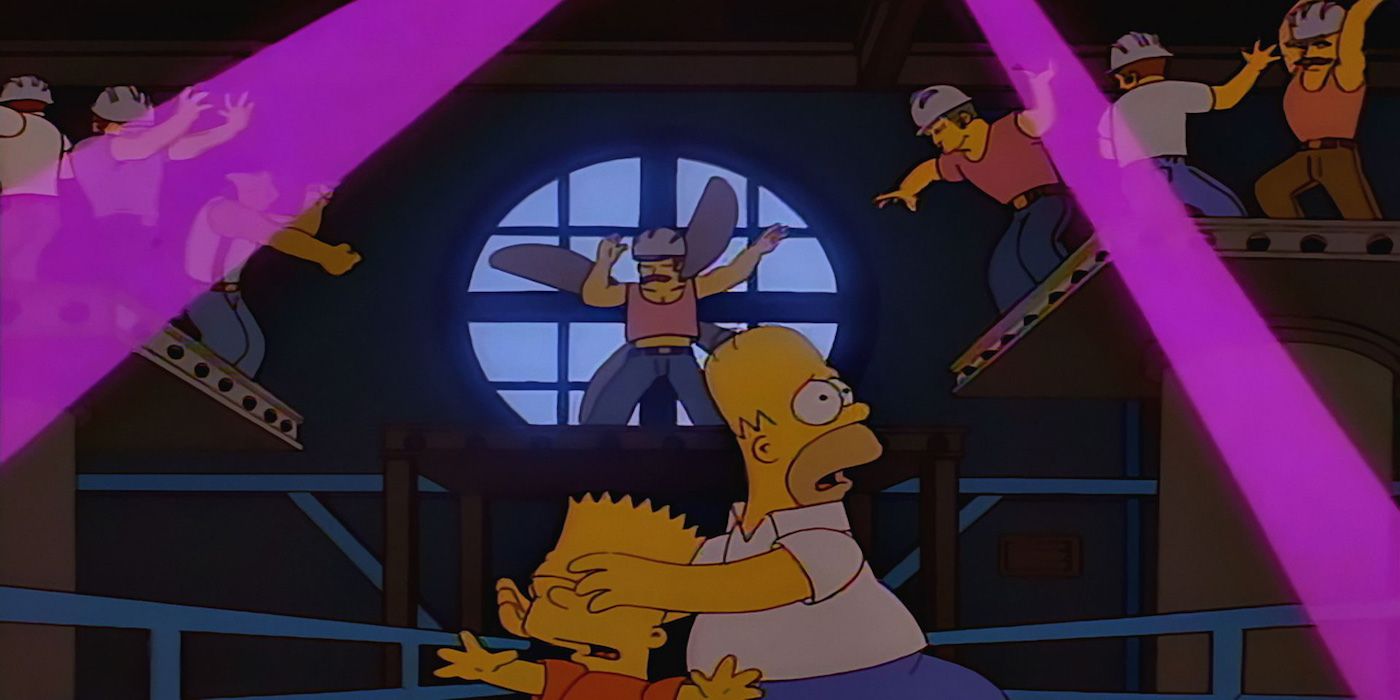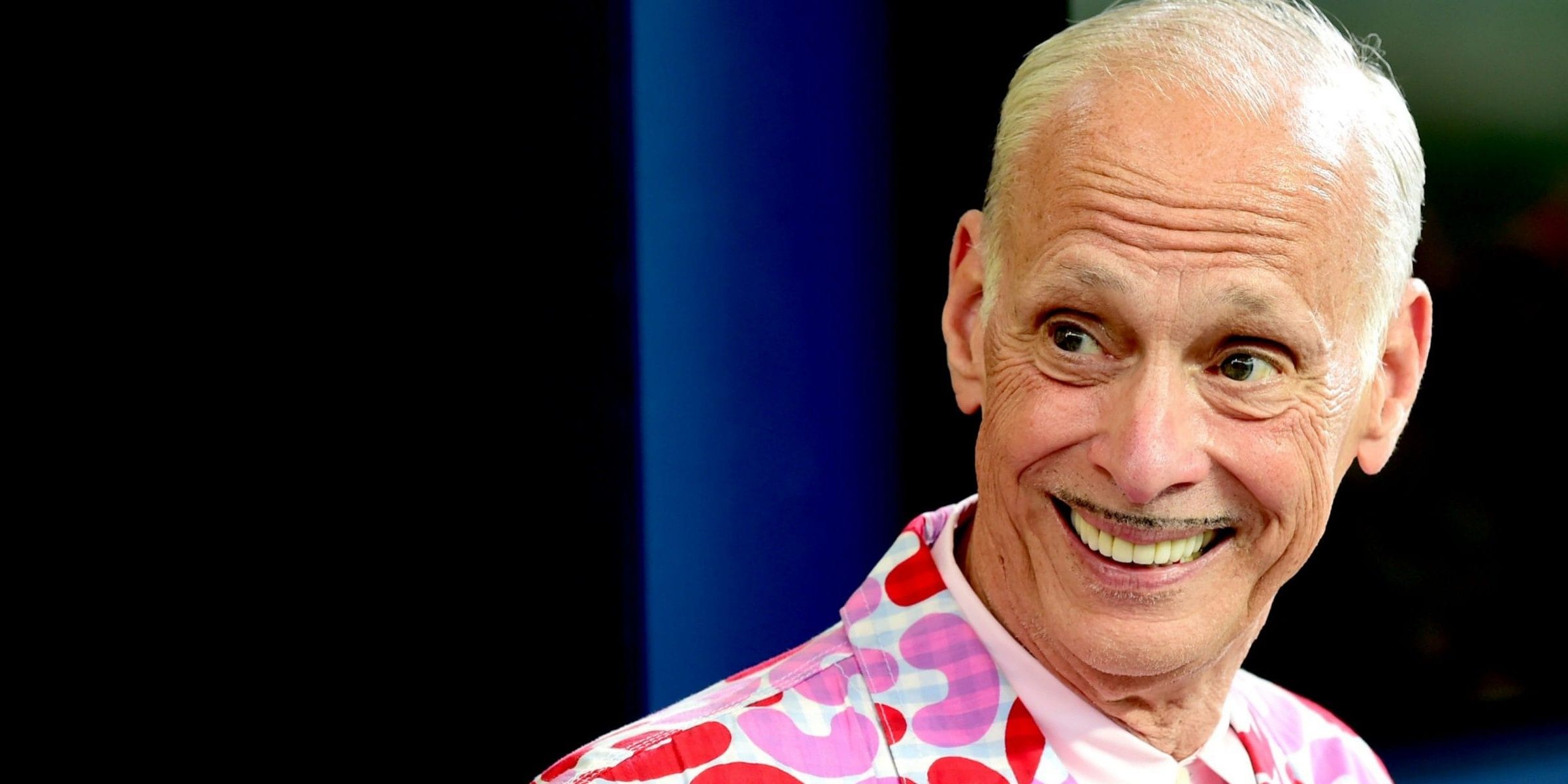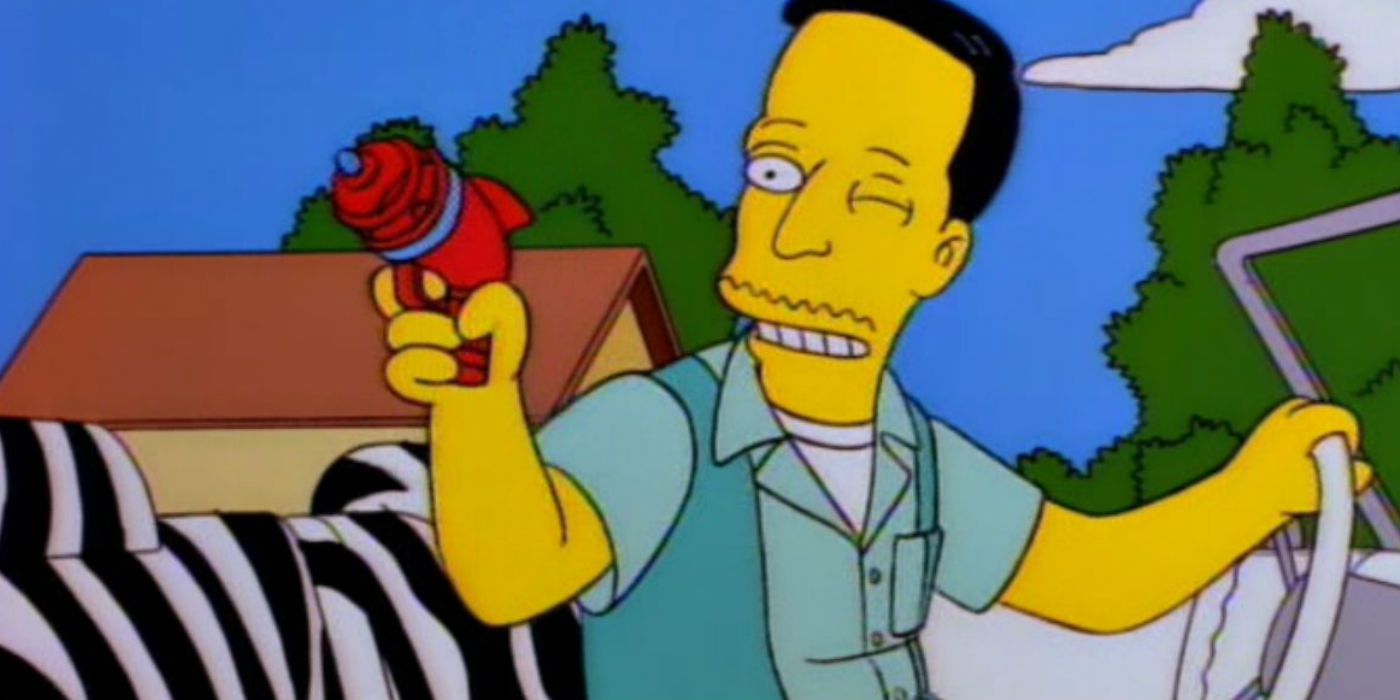The Simpsons has a pretty massive part to play in television history, but one of the show’s biggest contributions to the medium was normalizing LGBTQ+ characters with John Waters' guest-starring episode “Homer’s Phobia” (season 8, episode 15). When the series debuted in 1989 with the Christmas special “Simpsons Roasting On An Open Fire,” few viewers knew how big The Simpsons was destined to one day become. The show was a hit, but by season 3, The Simpsons was bringing on guest stars as big as Michael Jackson and breaking all manner of records, as well as gaining massive critical acclaim.
The reason for the success of The Simpsons is not hard to trace. In its prime, the anarchic animated sitcom was like nothing else on television. Despite spending the last two decades in critical decline, during what fans since termed the show’s "Golden Age," The Simpsons was one of the most critically-acclaimed television comedies ever written. The subversive series played with, broke, and often even outright discarded the conventions of television writing to offer something fresh and innovative, and this approach extended into The Simpsons’ ideas about representation, too.
When the 1997 episode “Homer’s Phobia” aired, LGBTQ+ characters were a rarity on American television. When a character was referred to as gay, the figure in question almost always played as tragic or, more often, inherently comical. The Simpsons mocked almost everything (except Scientology) in its Golden Age, but unlike most sitcoms of the time, the series didn’t treat its first openly gay character as a walking joke. Being gay was, in and of itself, seen as a punchline even for progressive television of the ‘80s and early ‘90s, and few shows were interested in challenging this. As a result, the episode was a groundbreaking outing wherein John Waters’ character John wasn’t the subject of mockery, but Homer’s eponymous fear of him was, and this approach reshaped TV history in the two decades that followed.
How Homer’s Phobia Changed TV History
As noted (via OpenCulture), “Homer’s Phobia” arrived on American screens at a time when LGBTQ+ characters barely existed on television. As reclusive The Simpsons writer John Swartzwelder recently revealed, The Simpsons was too successful for executive interference during its Golden Age. However, the show was still subject to network censorship and, although the star of Ellen came out as a lesbian two months later, “Homer’s Phobia” was one of the first attempts to break down the invisible barrier faced by gay characters. While no one explicitly stated that any characters were to be stereotyped, it was all-but-unheard of for a character like John, who was depicted as charming, calm, and genial, to be gay.
The fact that Homer’s bigotry was the butt of the joke and the Simpsons patriarch was the character viewed as ridiculous, and out-of-line was inherently groundbreaking and paved the way for a more diverse representation of LGBTQ+ characters in US TV. The Simpsons rarely made small-town Springfielders the villains of the story, but in this instance, turning Homer into the bad guy led American audiences to identify with a sweet, likable character who happened to be gay over the recognizable sitcom dad they were usually expected to love and see as inherently harmless despite his prejudice.
Why The Simpsons Chose John Waters
Per Waters himself, he didn’t have any creative input into the episode (although he did advise the writers to remove one particularly onerous slur from an early draft). Still, he liked the script and relished a chance to be a part of The Simpsons. However, Waters was well-known as a counter-culture filmmaker and iconic camp artist, whose work since the beginning of his career has pushed at the boundaries of acceptability and good taste. Modern episodes of The Simpsons have been hated for prioritizing celebrity cameos from Elon Musk and Lady Gaga over storytelling and character comedy. However, “Homer’s Phobia” picked Waters not because of his fame but because his public image represented the perfect intersection between all-American manners and the more outre, unfamiliar aspects of queer culture, camp, and the gay experience.
Casting Waters as a level-headed, kind, and understanding face of the LGBTQ+ community allowed The Simpsons to celebrate camp, queer culture, and outsider art without making the character himself a stereotype or offensive caricature of what was perceived as “gay.” Anyone who recognized his iconic soft-spoken patter knew John was voiced by the creator of Hairspray and Female Trouble. In contrast, anyone unfamiliar with the director’s oeuvre got a funny, self-deprecating look into LGBTQ+ culture in a story where being gay was neither a joke to laughed at, or an odd spectacle to be leered and jeered at. Waters had a sense of humor about John and made him a funny figure without treating his gayness itself as a joke.
Why John’s Character Matters
Many impressive celebrities have turned down Simpsons cameos over the decades, but it is not hard to see why Waters wanted to be a part of “Homer’s Phobia” in particular. Like a lot of great Simpsons outings, the episode’s satirical critique is not subtle, and they are all the more effective for this. Moe’s claim that war used to make men tough and Barney’s suggestion that Bart kills a deer to prove his manliness ("That’s like shooting a beautiful man!”) is particularly on-the-nose swipes at boorish, aggressive forms of hyper-masculinity. However, the point that these lines (and Barney, Homer, and Moe’s subsequent cowardice when actually out in nature) make is one that still matters in contemporary television.
The citizens of Springfield might be some of The Simpsons’ most loved characters, but that doesn’t mean the series will always side with them when they are in the wrong. John’s character not only treats the Simpsons family with respect, but he is also respected by the series, whereas Moe, Barney, and Homer invite parody by being hateful and isolated. To American audiences in the '90s, John was in on the joke, while Homer was the butt of it. The fact that his character in The Simpsons was both camp and cool compared to Homer and company’s “normal” and neurotic reaction to him was one of television’s first attempts to see homophobia as the exception and not the norm.




